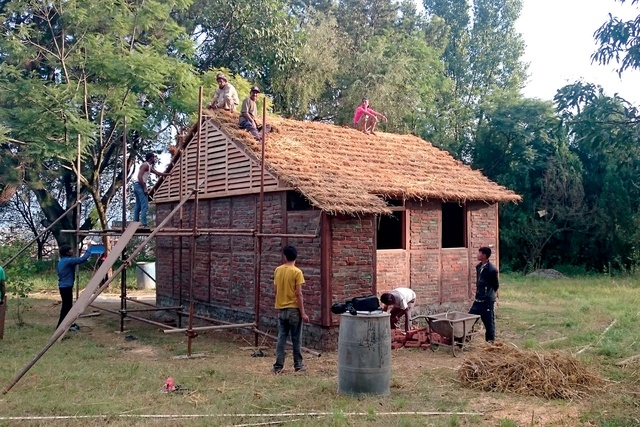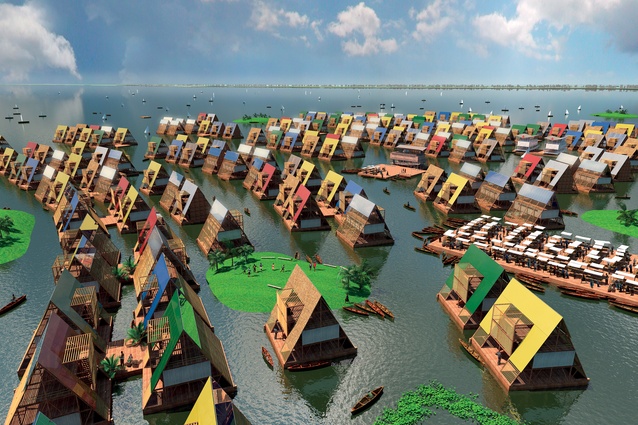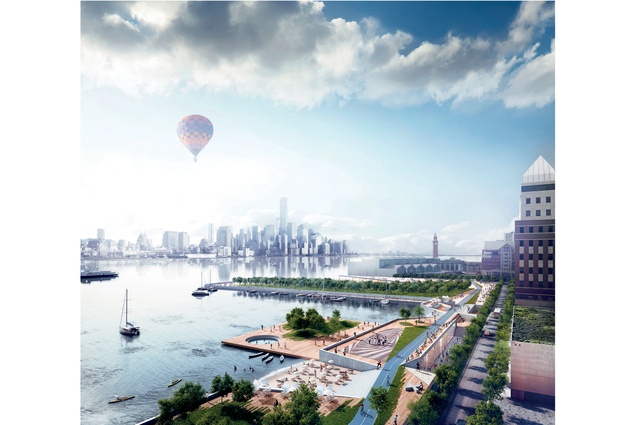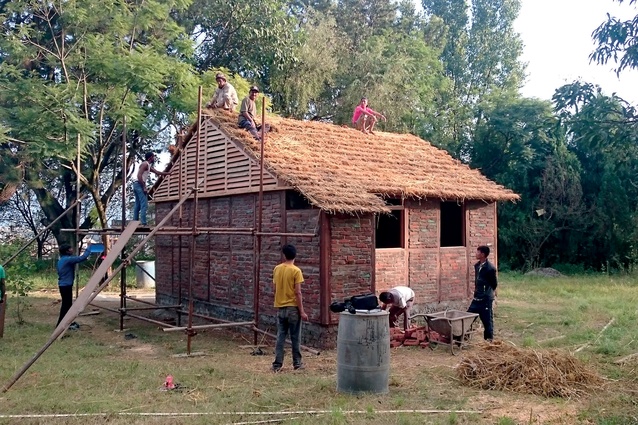Rebuilding communities
Colin Martin reviews the Royal Institute of British Architects’ exhibition ‘Creation from Catastrophe: How Architecture Rebuilds Communities’, which runs until 24 April 2016 in London.
“A disaster zone where everything is lost offers the perfect opportunity for us to take a fresh look, from the ground up, at what architecture really is,” says Toyo Ito.
‘Creation from Catastrophes – how Architecture Rebuilds Communities’ examines how six cities are currently being rebuilt and four were rebuilt historically, in the aftermath of fires, earthquakes and tsunamis.
The first historical example is London after the Great Fire in 1666. The latest contemporary example is the Nepalese earthquake in 2015, although the others all occurred in the past five years. The 10 case studies, spread across four continents, reveal how architectural thinking has evolved over 350 years.

Historically, autocratic architects took a tabula rasa view and approached rebuilding projects as blank slates. Sir Christopher Wren must be the architect most unlikely to have convened focus groups.
Now, ground-up rather than top-down approaches are the norm, with architects involving relevant stakeholders in a collaborative process which draws upon local expertise, materials and community spirit.
The spatial layout of the RIBA Architecture Gallery is skilfully reconfigured in response to each temporary exhibition. The design for Creation from Catastrophe, by the London-based practice Aberrant Architecture, reflects the historical shift in rethinking cities destroyed by disasters. Historical examples, including the Great Lisbon Earthquake (1755) and the Great Fire of Chicago (1871), in addition to London’s, are presented at ground level.
Describing catastrophes as ‘great’ evidently went out of fashion, as their aftermaths were miserable. A ramp leads visitors to a cork-lined mezzanine viewing platform, housing examples of 21st-century disasters. It provides an elevated view of the historic displays below, perhaps intended to evoke a feeling of contemporary architects ‘standing on the shoulders of giants’.

“Water is the world’s number one danger for the next decade; it’s at the heart of what is currently affecting our planet,” warns Henk Ovink, from OMA and The Netherlands’ Special Envoy for International Water Affairs.
The threat posed by water is clear from the exhibition’s 21st-century examples: the Chilean coastal city of Constitucíon, hit by a major earthquake and tsunami (2010); Darya Kahn, affected when a fifth of Pakistan was submerged by floods (2010); the devastating Japanese tsunami following the Tōhoku earthquake (2011); Lago and Port Harcourt, affected when 30 of Nigeria’s 36 states were flooded (2012); four-fifths of Hoboken, New Jersey, submerged underwater by Hurricane Sandy (2012); and Gorkha, destroyed during the Nepalese earthquake (2015).

Supported by a pertinent selection of architectural drawings, photographs, film, books and models, Creation from Catastrophe establishes a strong, convincing case for a paradigm shift in how cities recover from destruction globally.
In Nigeria, NLÉ built the Makoko Floating School, which can accommodate to varying water levels. Five Japanese architects, including Ito, established a Homes-for-All initiative, providing ‘public living rooms’ for people made homeless by the tsunami.
Responding to the Nepalese earthquake, Shigeru Ban and his Voluntary Architects’ Network provided housing built from cardboard tubes and rubble. These and other examples show the power of architects to question and to instigate change.
















